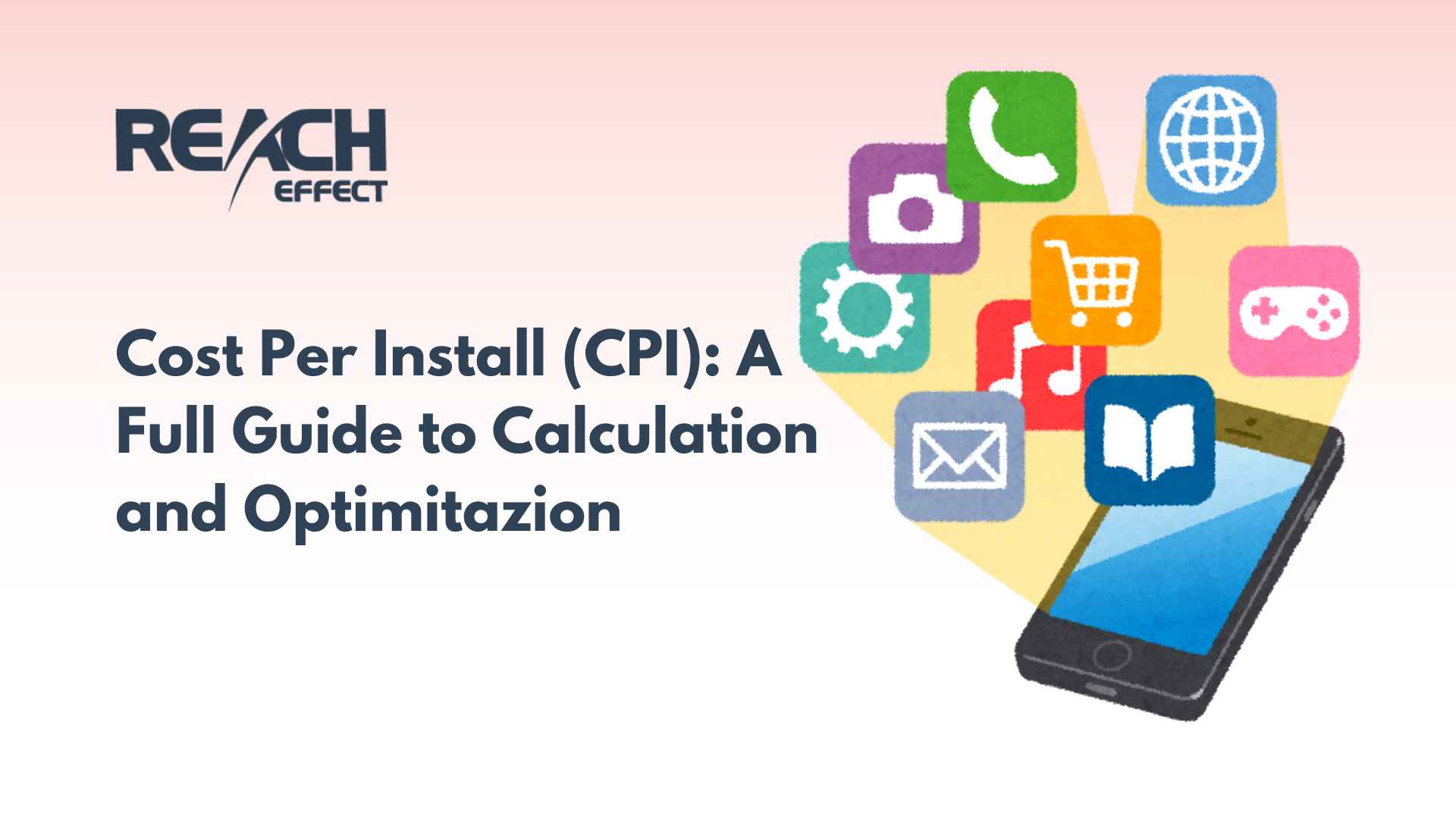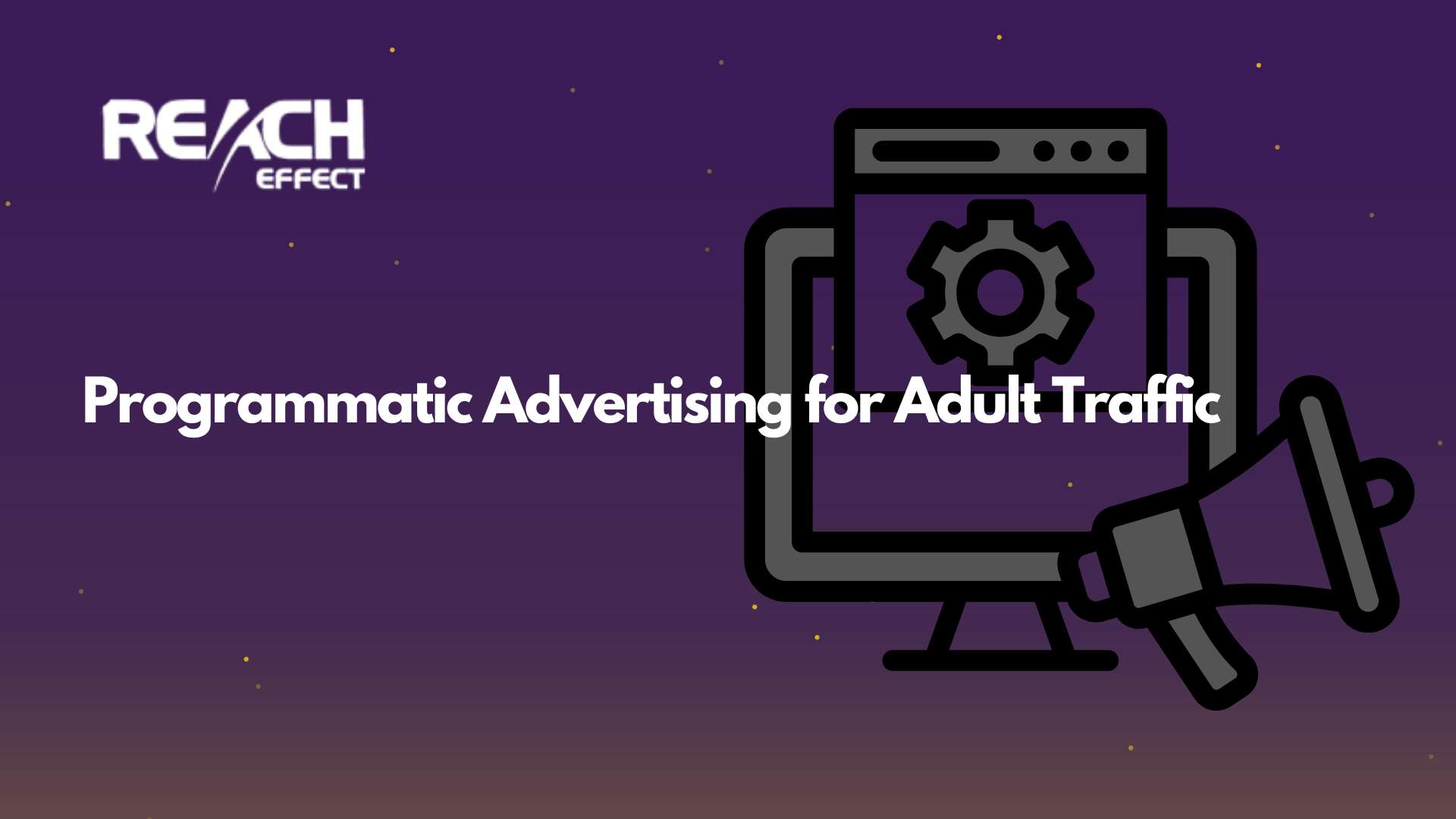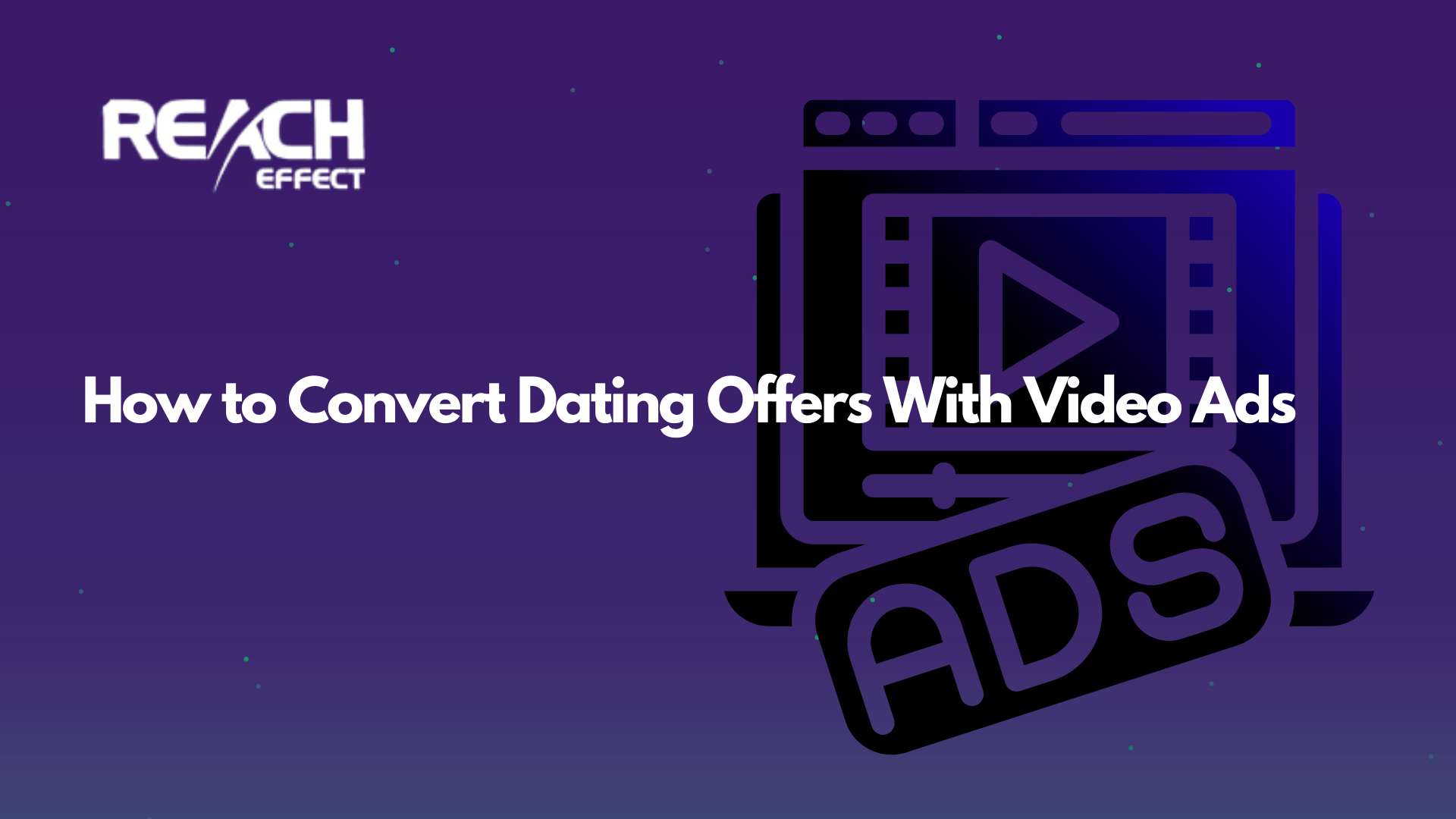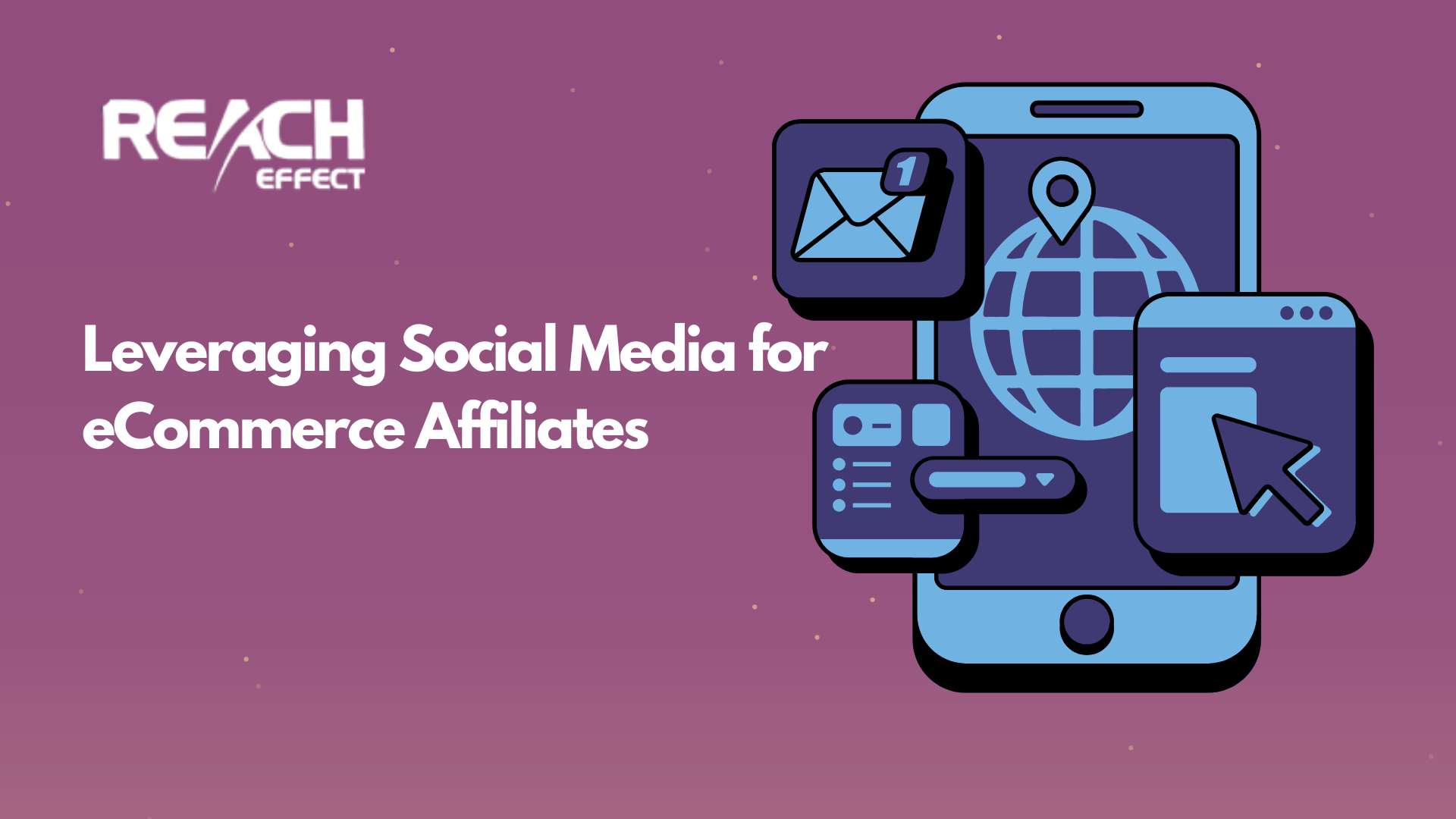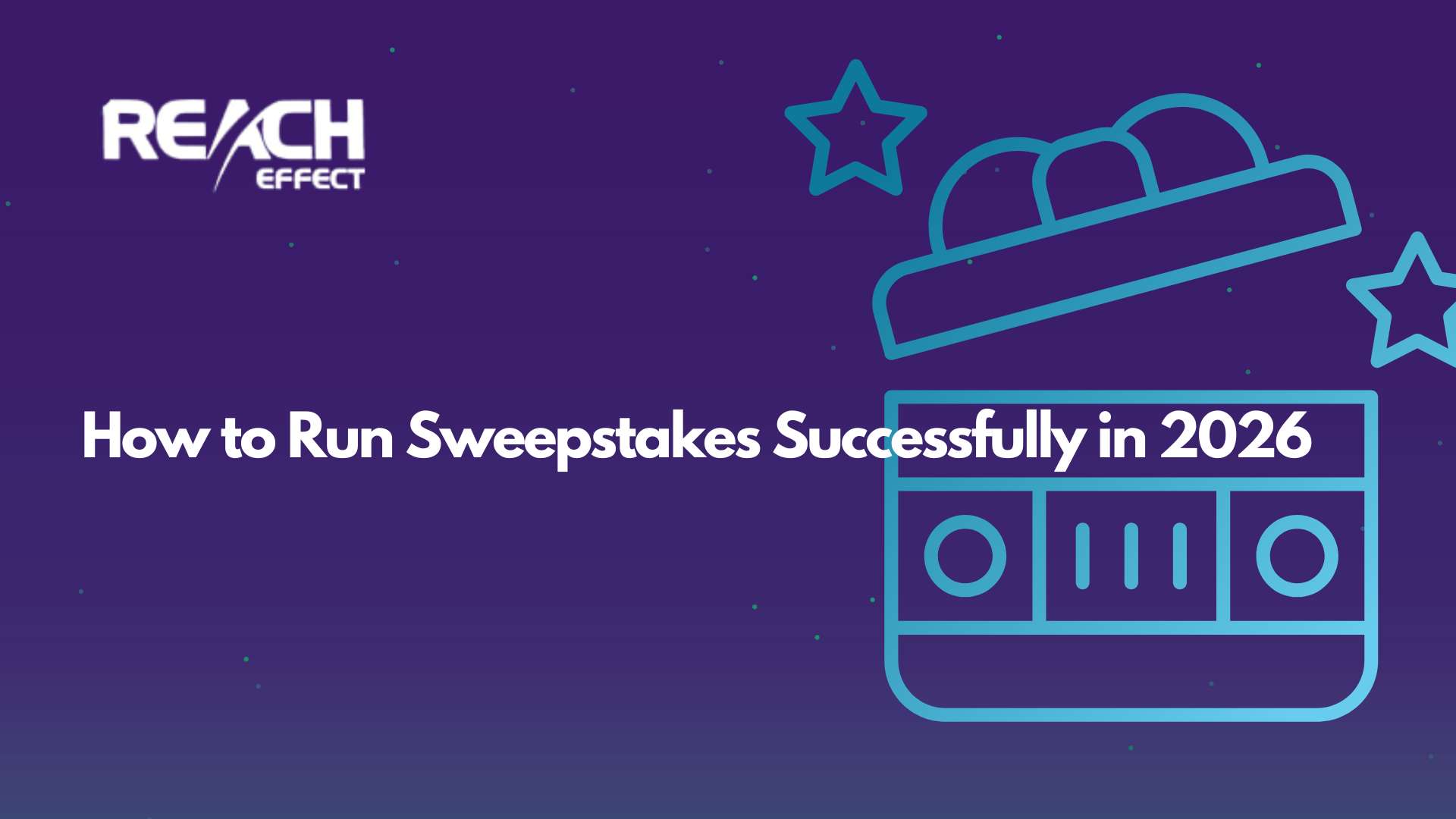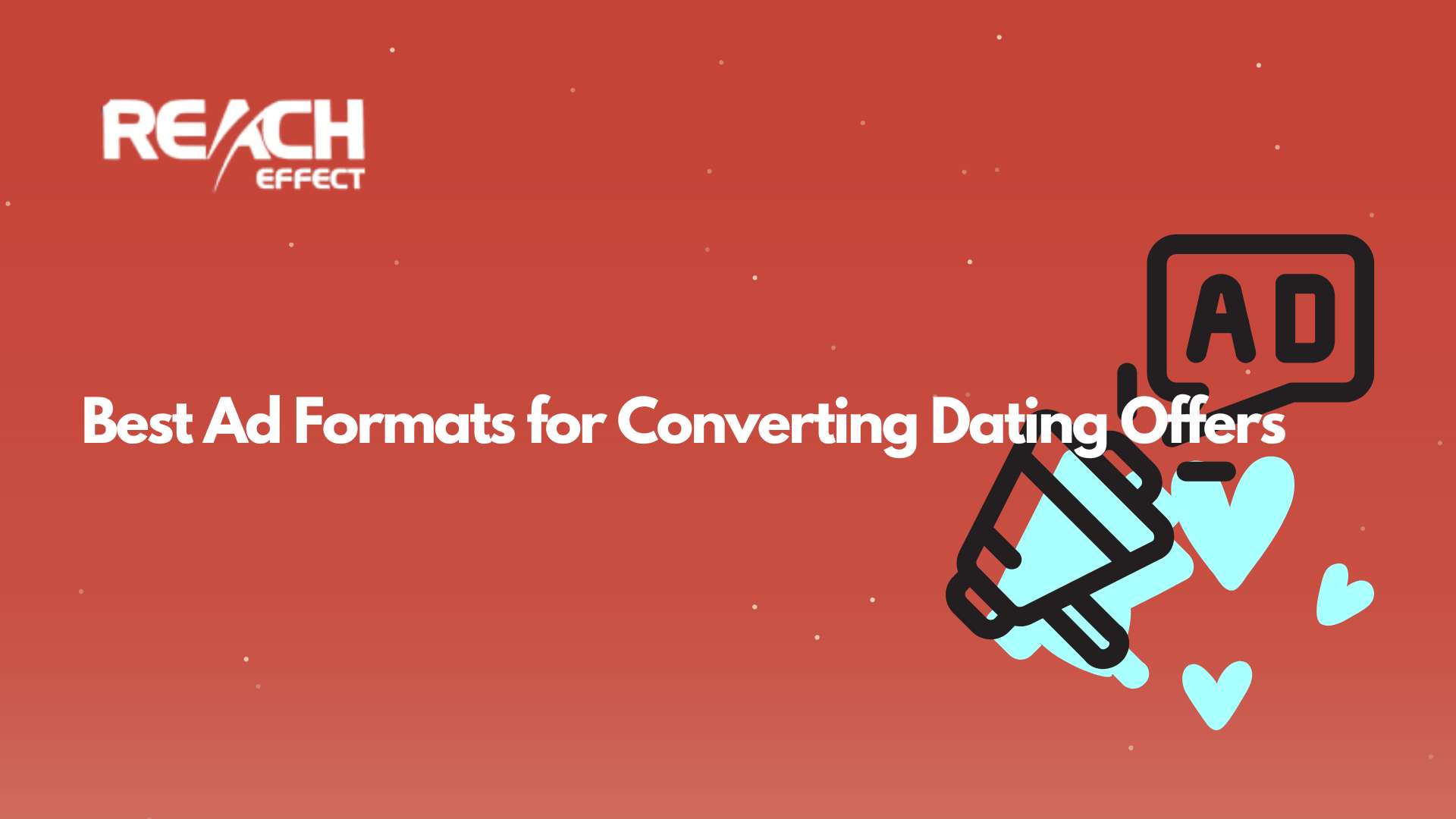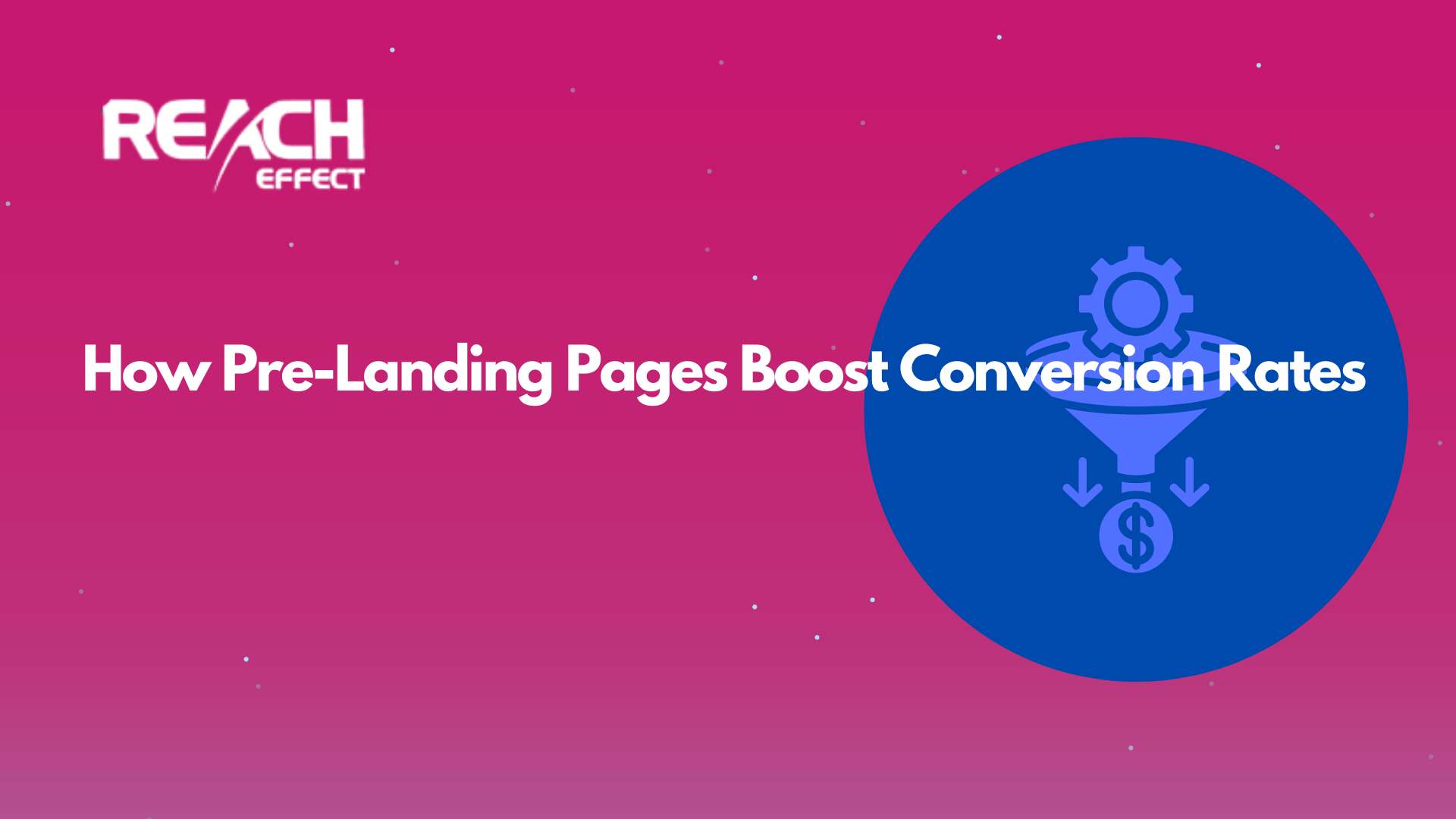With mobile apps dominating digital consumption, marketers and developers face an ongoing challenge: getting users to download and install their apps. Cost Per Install (CPI) is a key metric that determines how much an advertiser spends for each new app installation. Understanding CPI is crucial for optimizing ad spend, improving user acquisition strategies, and scaling app growth efficiently.
Thank you for reading this post, don't forget to subscribe!This guide explores the fundamentals of CPI, how to calculate it, the factors that influence its cost, and the best strategies to optimize and lower CPI for sustainable app success.
Understanding the Fundamentals of Cost Per Install (CPI)
CPI is a pricing model used in mobile advertising where advertisers pay a set fee every time a user installs an app after clicking on an ad. Unlike Cost Per Click (CPC) or Cost Per Mille (CPM), which focus on ad engagement and impressions, CPI directly measures the effectiveness of a campaign in driving app installs.
The CPI model is particularly popular in mobile marketing campaigns run across social media, in-app ads, display networks, and influencer collaborations. The ultimate goal is to acquire users at the lowest possible CPI while ensuring high-quality installs. This means users who engage with the app after installing it.
What Exactly Does CPI Measure?
CPI measures the cost-effectiveness of a marketing campaign in converting ad views into actual app downloads. It provides insight into whether an ad spend is leading to installs or just driving empty traffic. CPI is crucial for assessing return on investment (ROI) in mobile marketing, as well as optimizing future campaigns.
A typical user journey in a CPI-driven campaign involves the following steps:
- A user sees an ad for an app.
- They click on the ad, leading them to the app store.
- They download and install the app.
- The advertiser is charged only after the install is completed.
CPI vs. CPC vs. CPA: Key Differences
Understanding how CPI compares to other marketing cost models helps in choosing the right pricing strategy for app promotion.
- CPI (Cost Per Install) – Focuses solely on installs. The advertiser is only charged when a user downloads the app.
- CPC (Cost Per Click) – Advertisers pay each time a user clicks on an ad, regardless of whether they install the app.
- CPA (Cost Per Acquisition) – Advertisers pay when users perform a specific action beyond the install, such as making a purchase or signing up for a subscription.
Each model has its advantages, but CPI is preferred for growth-focused mobile marketing as it ensures direct app downloads from advertising efforts.
Calculating Your Cost Per Install: A Step-by-Step Guide
The CPI formula is straightforward:
CPI = Total Ad Spend / Number of Installs
For example:
- If a company spends $5,000 on a campaign that results in 2,000 app installs, the CPI would be:$5,000 ÷ 2,000 = $2.50 per install
Understanding CPI helps businesses set realistic budgets, measure efficiency, and compare the cost-effectiveness of different ad platforms.
Factors That Influence Your CPI
While CPI is easy to calculate, it varies based on multiple factors. Here’s what affects the cost per install:
1. Ad Platform and Network Choices
Different advertising platforms charge different rates for app installs. For example:
- Google Ads and Facebook Ads may have a higher CPI due to broad audience reach.
- TikTok Ads and Snapchat Ads often have lower CPIs, especially among younger demographics.
- In-app ad networks target gaming audiences and may offer competitive CPIs.
2. Target Audience and Demographics
The more precise your targeting, the higher your CPI can be. Highly specific audience targeting (age, interests, behaviors) tends to drive up costs, while broader targeting can reduce them.
3. Geographical Location (GEOs)
CPI rates differ globally. Tier 1 countries (e.g., US, UK, Canada) have higher CPIs due to higher competition, while Tier 2 and 3 countries (e.g., India, Brazil, Indonesia) often have lower CPIs.
4. Ad Creatives and Messaging
Well-designed ads with compelling messaging drive higher engagement and installs, reducing CPI. A/B testing different ad formats can help optimize performance.
Strategies to Optimize Your CPI
Lowering CPI while maintaining high-quality installs requires strategic optimization. Here’s how to do it:
1. Improve Your App Store Optimization (ASO)
A strong ASO strategy boosts organic installs, reducing the need for paid marketing. Optimize:
- App title and description with relevant keywords.
- App visuals (icons, screenshots, videos) to improve engagement.
- Ratings and reviews to enhance credibility.
2. A/B Test Your Ad Creatives
Run multiple versions of ads to determine what resonates best with your audience with A/B testing. Test different:
- Visuals (static vs. video ads)
- Call-to-action (CTA) buttons
- Ad copy variations
3. Target High-Intent Audiences
Instead of broad targeting, focus on users most likely to install and engage with the app. Use lookalike audiences, interest-based targeting, and retargeting to reach the right users.
4. Leverage Influencer & Social Media Marketing
Partnering with content creators and influencers can drive organic, high-quality installs with a lower CPI. Platforms like YouTube, Instagram, and TikTok work well for app promotion.
5. Use Retargeting Campaigns
Many users abandon installs after clicking an ad. Retargeting campaigns remind them to complete the installation process, lowering your CPI.
Final Thoughts: Mastering CPI for App Growth
Optimizing CPI is essential for maximizing your marketing budget and acquiring quality users efficiently. By refining targeting, improving ad creatives, leveraging ASO, and testing different platforms, businesses can significantly reduce CPI while increasing installs.
Success in mobile marketing isn’t just about getting installs—it’s about acquiring engaged, long-term users who bring value to your app. Keep refining your strategy, measure performance, and make data-driven decisions to ensure sustainable growth.

